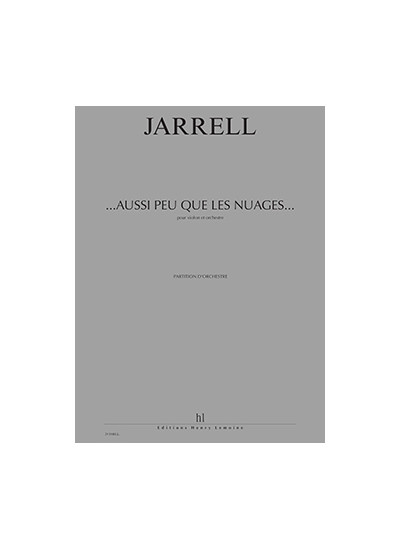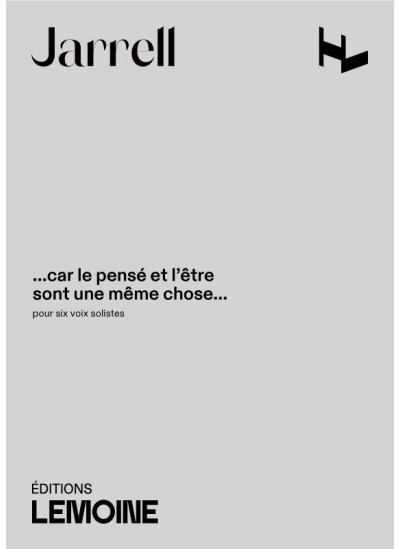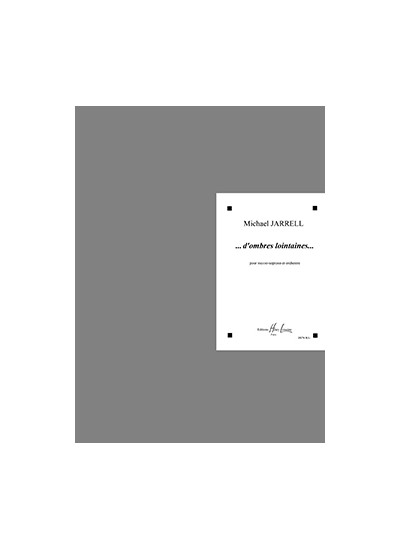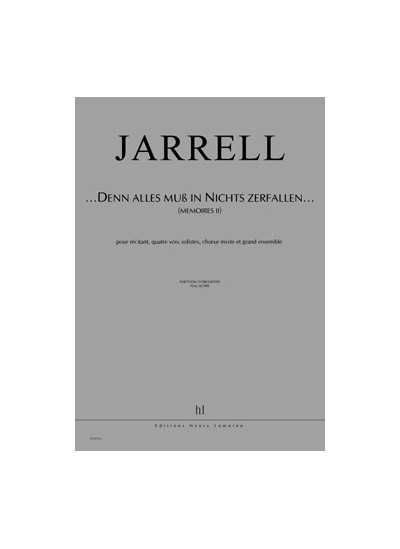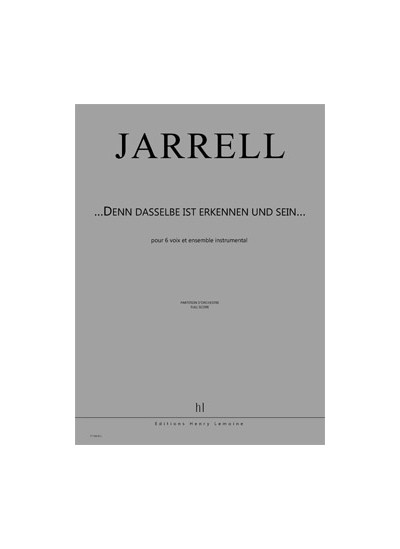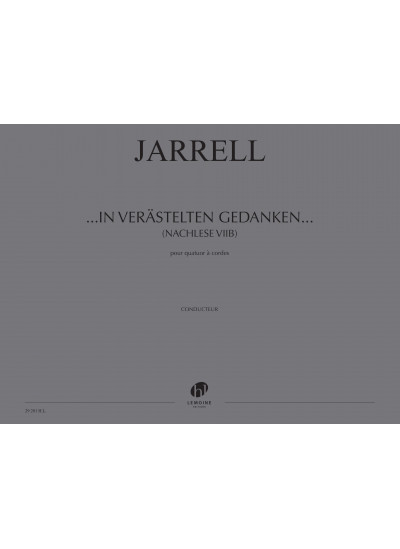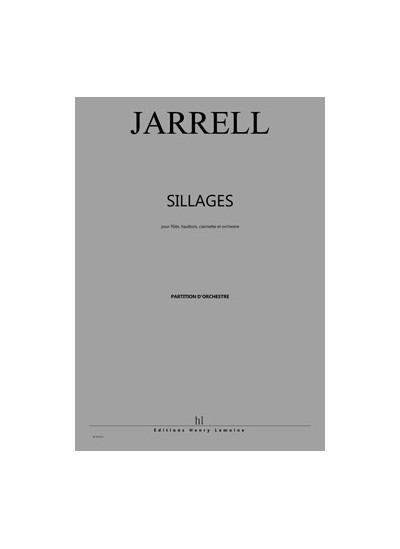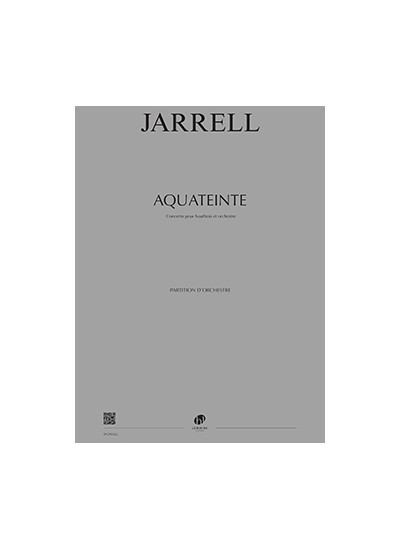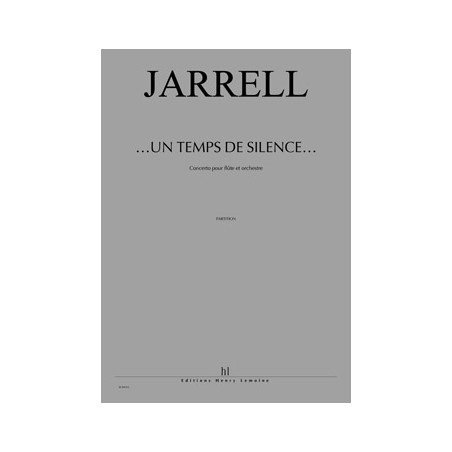
22/03/2007 - Geneve, Victoria Hall - Emmanuel Pahud, Orchestre de la Suisse Romande, Heinz Hollinger (conductor)
The Geneva-born composer Michael Jarrell writes music based on the idea of dialogue. Most of his recent works for large ensemble place one or more soloists in relation to a massed orchestral sound, either against it, echoing it or resonating with it. Example include ...prisme / incidences... for violin and orchestra (1998), Assonance IX for clarinet end orchestra (2000), the piano concerto Abschied (2001), Epigraphe for accordion and orchestra (2003) or even Sillages, for solo flute, oboe and clarinet, which was given its world premiere during the Orchestre de la Suisse Romande's 2005-06 season. His latest ...un temps de silence..., puts the spotlight on the solo flute.
"It's not really a concerto as such, but it's more like one than other pieces," the composer has teasingly confided. "Certainly, there is none of traditional division of roles between the soloist and the accompaniment. The flute is constantly having to impose itself. The orchestra is not there to bring it out, but as its own autonomous role. In that sense, ...un temps de silence... is closer to my Piano Concerto than to ...prismes / incidence..., where everything came from the violin".
As the title of this new work suggests, the music is moving in the direction of evaporation. Jarrell's own comments back this up: "I wanted to make it possible to hear different types of silence, and the only way you can perceive them is by varying the contexts. The sort of silence you have after a single chord is not the same as after a flurry of notes." Several temporal ideas are pitted against one another. The first of these is very rhythmic, and emerges from the orchestra before being taken up by the flute. Another corresponds to "moments that stand outside time, that slip towards silence". Fiendishly difficult writing demands increasing virtuosity from the soloist.
"Emmanuel Pahud came to see me, and we worked together on what it was possible to make the flute do", says the composer. "The score was made to measure, taking account of Emmanuel's capabilities".
...un temps de silence... opens with three marcato chords for strings, percussion, harp and piano - these can be clearly heard returning three times, but orchestrated differently. The chords also generate the "phantom harmony" that supports the work as a whole. Gradually, the orchestra establishes a regular pulsation, which "plunges the flute into a situation of stress", in the composer's words. It cling on, tries to catch up with the orchestra, pursuing it at full pelt. The intricacy of this passage, where the soloist and orchestra rapidly alternate or are superimposed, makes it fraught with difficulties. A huge tutti introduces the central section, where the soloist and orchestra move in symbiosis at a very slow tempo that gradually drifts towards a kind of enigmatic, "out of time" section. Then there is silence. The final section sets off at a gallop, but this time it is the flute that dictates the rhythm to the orchestra, and it becomes the hub around which all the other instruments resolve. Finally, the orchestra takes the upper hand in this game of cat and mouse during an episode lasting about a minute, played at dizzying speed. Two of the three opening chord return, then dissolve in a slow passage dominated by percussion, particularly bongos. Jarrell then introduces a quotation from his own opera Galilée, premiered last season at the Grand Théâtre de Genève: accompanied by three Japanese rins and various instruments, a high woodblock plays a regular pulse, with commentaries from the flute. The harmony becomes fixed, and time stands still, like a freeze-frame. The music does not disappear in the silence. It become its negative, its shadow, its breath.
Luca Sabbatini,
translation: Kenneth Chalmers,
extract from the recording "Flute Concertos, Emmanuel Pahud"
Recording
1 EMI, 5012262, Flute Concertos
...Un temps de silence...
Emmanuel Pahud (flute), Orchestre Philharmonique de Radio France, Pascal Rophé (conductor)
Michael Jarrell ist ein Komponist des Dialogs. Die meisten seiner neuen Werke für große Besetzungen verwenden als Echo oder Resonanz einen oder mehrere Solisten neben der orchestralen Masse. Genannt seien an dieser Stelle: ...prismes / incidences... für Violine und Orchester (1998), Assonance IX für Klarinette und Orchester (2000), das Klavierkonzert Abschied (2001), Epigraphe für Akkordeon und Orchester (2003) oder auch die Sillage mit Flöte, Oboe und Klarinette, die in der Saison 2005-06 vom Orchestre de la Suisse Romande uraufgeführt wurden. Seine bislang jüngste Kreation, ...un temps de silence..., stellt nun die soloflöte ins Rampenlicht. "Es ist zwar kein Konzert im eigentlichen Sinne, doch ist es das ein bisschen mehr als die andern", räumt der Genfer Komponist schelmisch ein. "Sicher gibt es hier nicht die traditionelle Hierarchie von Solo und Begleitung. Die Flöte muss ständig ihren Platz finden. Das Orchester spielt hier nicht die Rolle des Untergrunds, sondern hat seine Autonomie. Darin steht ...un temps de silence... meinem Klavierkonzert näher als den ...prisme / incidences..., in denen alles von des Violine ausgeht."
Wie der Titel bereits vermuten lässt, steuert die Muzik dieses neuen Werkes auf ihre eigene Ausflösung zu. "Ich wollte die verschiedenen Arten von Stille hörbar machen", bestätigt Michael Jarrell. "Diese lassen sich nur in unterschiedlichen Kontexten wahrnehmen. Die Stille nach einem einzigen Akkord ist nicht dieselbe wie nach einer Kaskade von Tönen." Verschiedene zeitliche Vorstellungen stehen im Konflikt miteinander. Die eine ist sehr bewegt, entsteht im Orchester und überträgt sich auf die Flöte. Eine andere entspricht den "Momenten außerhalb der Zeit, die Stille gleiten". Die virtuosität, die vom Solisten verlangt wird, erreicht ein wahrhaft teuflisches Niveau: "Emmanuel Pahud besuchte mich, und wir erarbeiteten gemeinsam, was sich auf der Flöte machen lässt", erzählt der Komponist. "Die Partitur ist auf Emmanuels Fähigkeiten zugeschnitten."
...un temps de silence... beginnt mit drei Akkorden, die von den Streichern und vom Schlagzeug sowie von Harfe und Klavier gespielt werden und dreimal, wenngleich in verschiedener Instrumentierung wiederkehren. Diese Akkorde erzeugen zugleich die "Phantom-Harmonie", auf der das ganze Werk beruht. Das Orchester führt allmählich ein regelmäßiges Pulsieren ein, das die Flöte nach den Worten des Komponisten "in eine angespannte Lage versetzt". Sie klammert sich an und versucht, es mit dem Orchester aufzunehmen, und kurz darauf die Zügel schießen zu lassen. Die subtile Anordnung mit ihren zahlreichen Dialogen und raschen Überlagerungen von Solist und Orchester das Risiko dieser Passage aus. Ein großes Tutti leitet den Mittelteil ein, in dem die Protagonisten bei sehr langsamem Tempo zu einer Symbiose kommen, in der sich nach und nach auf rätselhafte Weise eine "Zeitlosigkeit" entwickelt. Dann wird es still. Der letzte Abschnitt findet dann wieder zu dem Galopp zurück, doch jetzt ist es die Flöte, die dem Orchester ihren Rhythmus diktiert und zur Achse wird, um die sich die anderen Instrumente drehen. Dieses "Katz-und-Maus-spiel" entscheidet schließlich das Orchester für sich, und zwar in einer etwa einminütigen Episode, die in atemberaudendem Tempo vonstatten geht. Zwei der drei Anfangsakkorde werden wieder aufgegriffen, um sich dann in einem langsamen Tempo auszudünnen, indessen das Schlagzeug, namentlich das Bongo, dominiert. Michael Jarrell zitiert hier seine Oper Galilée, die in voraufgegangenen Spielzeit im Grand Théâtre de Genève uraufgeführt wurde: Zu dem regelmäßigen Puls eines woodblock, der von drei japanischen rins und verschiedenen Instrumenten getragen wird, liefert dir Flöte ihren Kommentar. Die Harmonik kommt nicht von der Stelle, das Tempo erstarrt wie in einem Bild. Die Musik verklingt nicht in der Stille. Sie ist ihr Negativ geworden, ihr Schatten, ihr Atmen.
Luca Sabbatini
Übersetzungen: Eckhardt van den Hoogen


